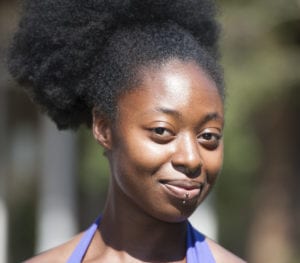
Mariama Attah is a curator, writer and lecturer with a particular interest in overlooked visual histories, as well as understanding how photography and visual culture can be used to amplify underrepresented voices. She was previously Assistant Editor of Foam Magazine. Prior to this, she was a curator at Photoworks, where she was responsible for developing and curating programs and events including Brighton Photo Biennial. She was also Commissioning and Managing Editor of the yearly magazine Photoworks Annual. Attah is currently the curator of Open Eye Gallery, Liverpool.